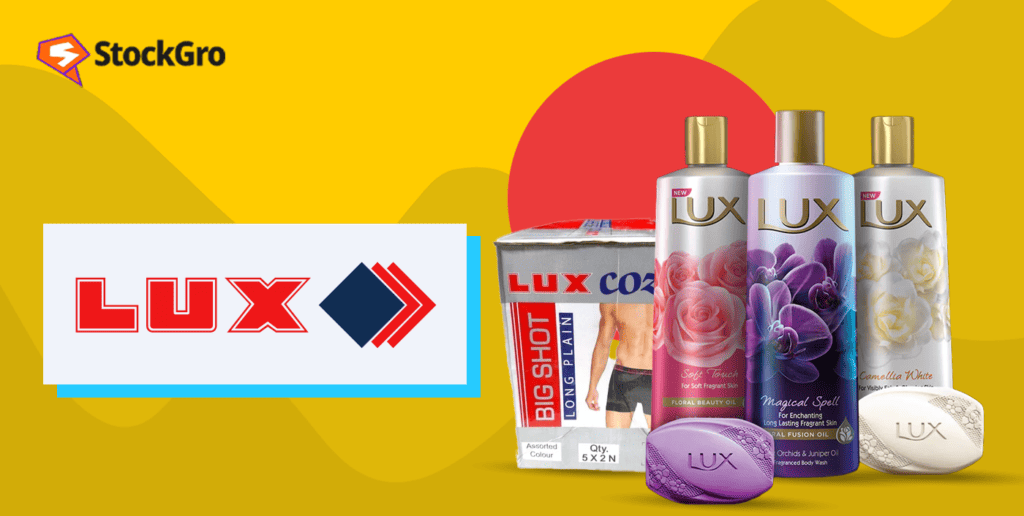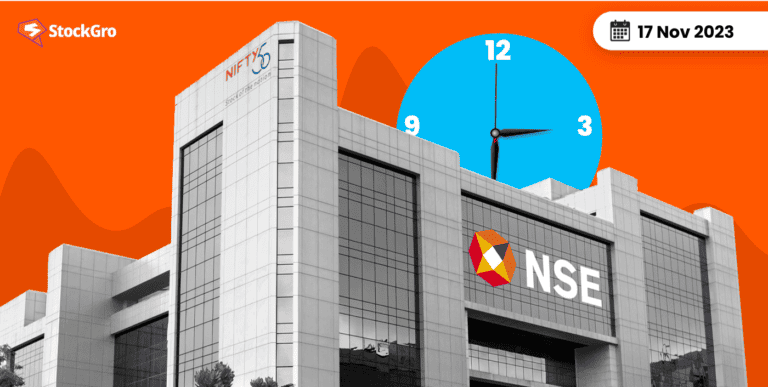
In this article, we will explore Lux Industries Ltd. fundamentally, understand its business model and industry, and determine whether it’s a good investment fit for you.
Lux Industries Ltd.
Lux Industries was incorporated almost 28 years ago in 1995 and has today emerged as one of the largest players in the hosiery business. Experts estimate that the company has a total market share of 14% in the entire organised hosiery industry. It is also considered the largest mid-segment hosiery enterprise in India.
Today, it boasts more than 100 different products across 16 brands in more than 4,50,000 retail locations nationwide. Lux Industries Ltd. has spent a significant amount of money in brand building over the last decade, with more than ₹830 crore spent. This comes up to almost 8% of net sales. The company has worked with tier-A brand ambassadors like Virat Kohli and Amitabh Bachchan.
You may also like: Triveni Turbine Ltd: Fundamental Analysis
Is textiles a good industry to invest in?
The domestic apparel & textile industry in India, which Lux Industries Ltd. operates in, contributes almost 2.3% to the country’s GDP, 13% to industrial production, and more than 11% to total exports. It is clearly a very large manufacturing and consumption segment for the average investor and consumer respectively. India as a nation, also, is a major player in the textile space, contributing to more than 4% of all textile trade globally.
According to current estimates, India is set to achieve more than $250 in revenue from textile production and more than $100 in exports by 2030. The current growth rate for the industry as a whole amounts to somewhere north of 5.5% annually, which is phenomenal considering the sheer size of this segment.
The abundance of raw materials, cheap manpower, presence of value chains, a growing domestic market for locally-produced textiles, competitive manufacturing costs, and a vibrant retail landscape all contribute to a growing consumption of textiles, not only inside the country but also abroad.
Who are LUXIND’s competitors in the textiles sector?
Here are some of LUXIND’s competitors:
- Mafatlal Inds.
- Ruby Mills
- Loyal Textile
- Lakshmi Mills
- JCT
Also Read: Hitachi Energy India Ltd.
History of Lux Industries Ltd.
Lux Industries Ltd. traces its roots back to 1957, founded in Kolkata, West Bengal, as Biswanath Hosiery Mills. With its innovation in marketing and brand building, Lux Industries swiftly became a household name and grew to almost 100 times in size.
In the early years, the company primarily focused on hosiery and knitwear, crafting products that aimed to blend comfort and style. As time went on, the company expanded its portfolio, introducing a diverse range of innerwear and outerwear, catering to the evolving tastes and preferences of the typical Indian consumer.
The turning point for Lux Industries came in the 1990s when the Indian economy underwent liberalisation. Seizing the opportunity, the company embraced modern technologies and marketing strategies, propelling itself into the forefront of the industry. Lux Industries went public in 2007.
Investing in LUXIND
Pros
- The company is gradually paying off and reducing debt on its balance sheet.
- Boasts an extensive distribution network spread across the country, comprising more than 1170 distributors and more than 20 warehouses across 12 states.
- On average, the company enjoys a fill rate of 95% compared to the industry standard of 80%.
- Capital expansion projects are underway currently, with more than ₹110 crore in capital employed in West Bengal in constructing a state-of-the-art manufacturing facility.
- All of the company’s products are manufactured in-house, meaning it can drastically reduce costs internally. This isn’t possible if manufacturing is outsourced to a third-party.
Cons
- In March 2021, SEBI banned 14 people from the company, including the Executive Director, on charges of insider trading from the company.
- High marketing spends accounting for roughly 8% of net sales.
- Low dividend yield.
Also Read: Fast-Moving Consumer Goods (FMCG) Sector- A Safe Haven in Bear Markets?
The finances
| Metric | Value |
| Market cap | ₹4,279 cr |
| Book value | ₹496 |
| Dividend Yield | 0.36% |
| ROCE | 12.7% |
| ROE | 9.95% |
| Face value | ₹2.00 |
Shareholding pattern of Lux Industries Ltd.
Here’s the shareholding pattern of LUXIND:
- Promoters: 74.19%
- Foreign Institutional Investors (FIIs): 1.69%
- Domestic Institutional Investors (DIIs): 8.06%
- Public: 16.05%
Conclusion
So, that’s a brief overview of everything you need to know about Lux Industries Ltd. before investing. This information is by no means, however, exhaustive, and we encourage you to do your research before investing.
Need help with investing in the stock market? Trade with hundreds of other like-minded traders on StockGro – the social trading platform. Learn how to invest using virtual cash, practice, and get your trading game perfect before real money gets involved. Download the StockGro app now!

